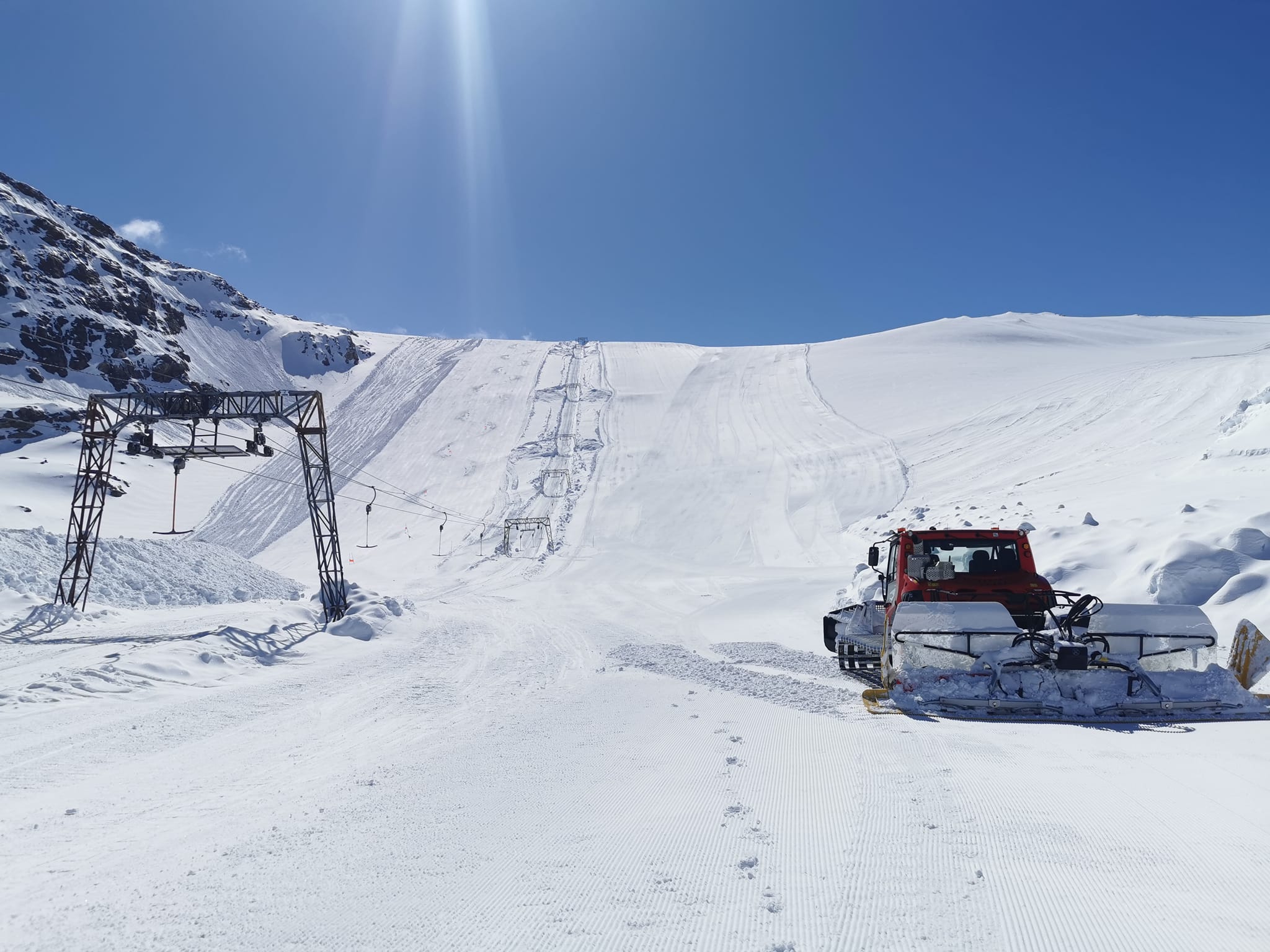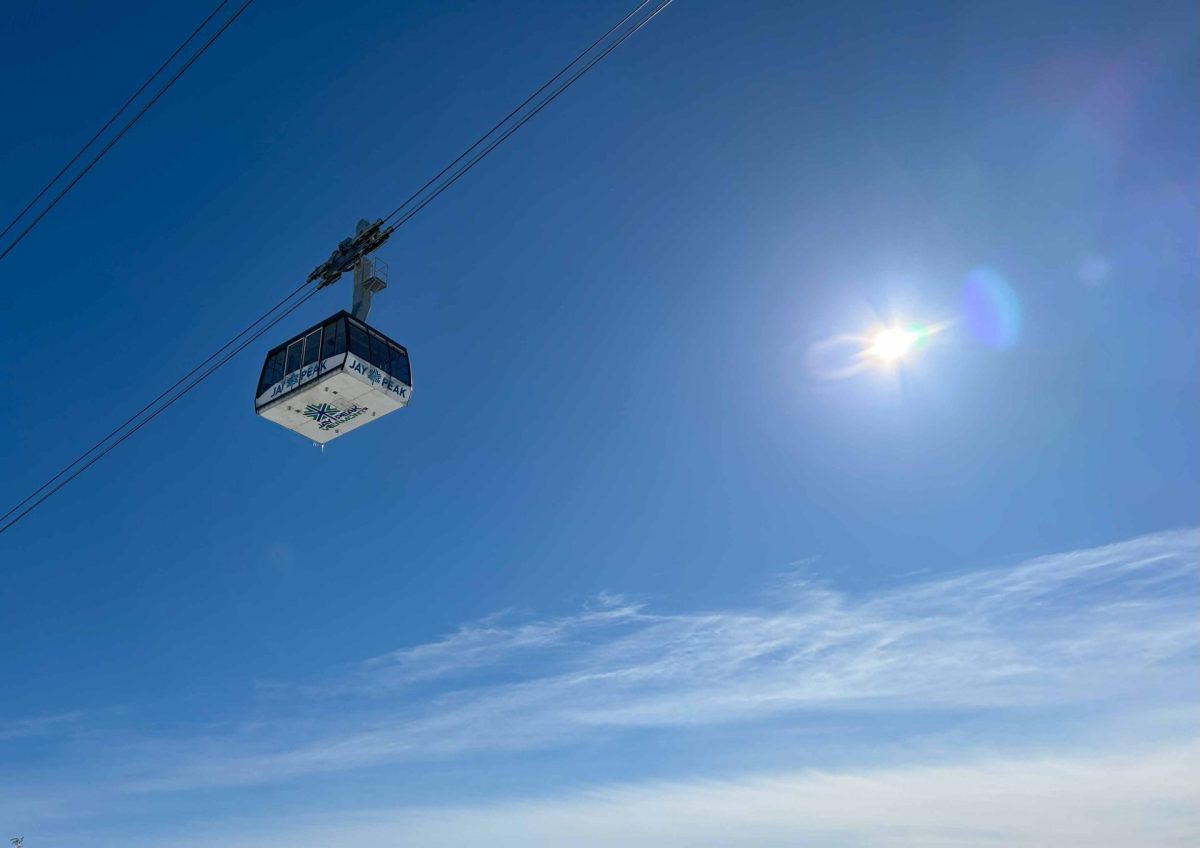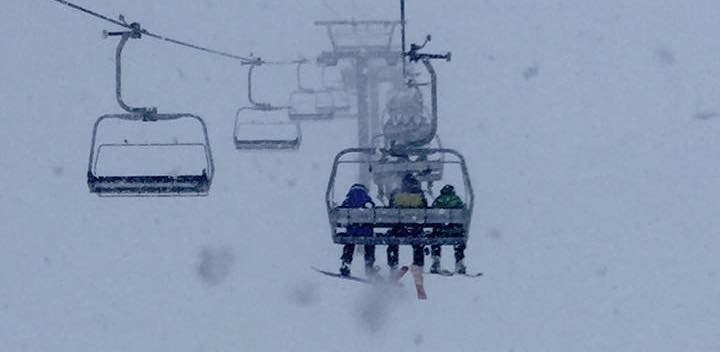On April 12, 2021, Black Diamond Equipment announced a voluntary recall of all PIEPS DSP Pro, DSP Ice, and DSP Sport avalanche transceivers in the US and Canada. In cooperation with the United States Consumer Product Safety Commission and Health Canada, Black Diamond announced this voluntary recall in response to reports of transceivers switching modes unexpectedly. The voluntary recall consists of a new hard case carrying system that prevents these units from being accidentally switched out of “SEND” mode. This new hard case carrying system replaces the neoprene carrying system supplied with the DSP avalanche transceivers manufactured between 2013 and 2020. Black Diamond is the North American distributor of PIEPS avalanche safety products and has several identical models branded under the Black Diamond name.
In the voluntary recall announcement, Black Diamond states:
The reason for the recall is that the transceiver can switch modes unexpectedly when not locked or installed in the harness. When this occurs, it will prevent the transceiver from transmitting a discoverable electronic signal and can make it difficult to locate a skier in an avalanche, which can result in severe bodily harm or death.
Consumers should immediately stop using the recalled avalanche transceivers and register for a free replacement hardcase carrying system, and user guide to be used with the recalled transceivers at the following link: Free Replacement Harness Registration
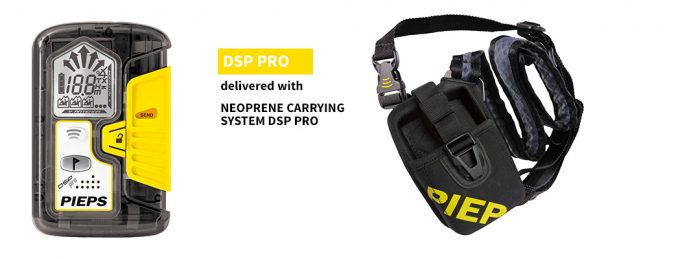
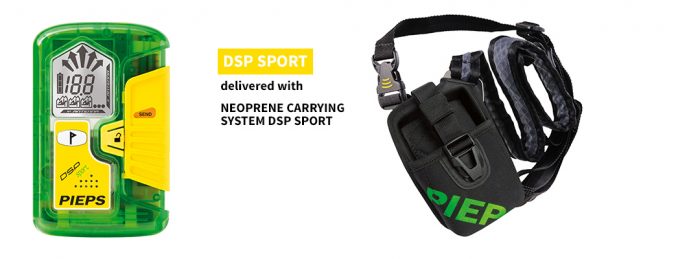

Related Articles:
A Deeper Look into the Controversy Behind the Pieps DSP Avalanche Transceiver
PIEPS Announces Voluntary Product Correction Program for DSP Avalanche Transceivers
Social media discussion of this issue has been heated. This was prompted by the story of professional skier Nick McNutt, who was involved in an avalanche incident last winter while using a PIEPS transceiver that was found to not be in “SEND” mode after his companions dug him out. Nick demonstrated his concerns in a recent video posted on SnowBrains. Nick said:
None of us involved that day wish to slander or damage the reputation of Pieps or Black Diamond. Both brands produce many good products, and our goal was to come to an agreeable solution so this couldn’t happen to anyone else.
I feel the bar is way too low surrounding switch design. It’s up to each brand to decide how to make their device change modes, and although none are perfect, this one failed in the single instance I needed it to work. There’s many varied examples of the DSP switches being easily moved while “locked”, including when stowed in the provided harness… It can apply a small amount of pressure on the “lock” tab, which often needs terrifyingly little pressure to disengage.–Nick McNutt
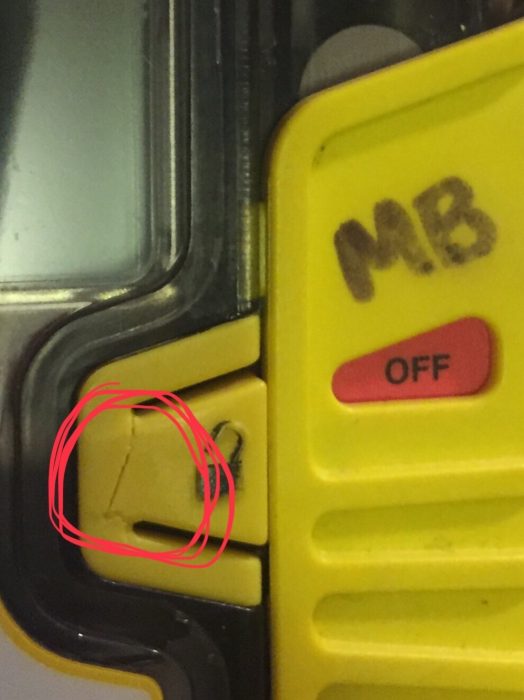
My personal experience with this issue goes back to June 2019, when I discovered after a backcountry ski tour that the switch on my DSP Pro was broken. I promptly contacted Black Diamond Equipment’s Warranty Department and received a new, updated unit from them within a few days. Consumers who have recently tried to go through this warranty process have not had the same experience. Due to a large number of warranty claims and COVID-related slowdowns, customers have been very frustrated by what they perceive as PIEPS and Black Diamond’s slow response and turnaround time.
Black Diamond’s announcement acknowledges the reported issues, stating:
Black Diamond has received 63 reports of the transceiver modes switching unexpectedly while in use. One death and one instance of a skier getting caught in an avalanche who suffered a broken arm and minor injuries both reported in British Columbia.
— Black Diamond Equipment
Social media and skin track discussions have continued on this issue after the announcement of the Voluntary Correction in markets outside of North America. Many users find this response too little, too late, and would prefer to see the transceivers fully recalled and replaced rather than “corrected” with a new carrying system. Others find this solution to be acceptable and will use the old transceivers with the new harness system. Discussions about industry safety standards and switch design have also developed out of this issue. Many users argue that a poorly designed switch that meets industry standards is not good enough for such a vital piece of avalanche safety equipment.

